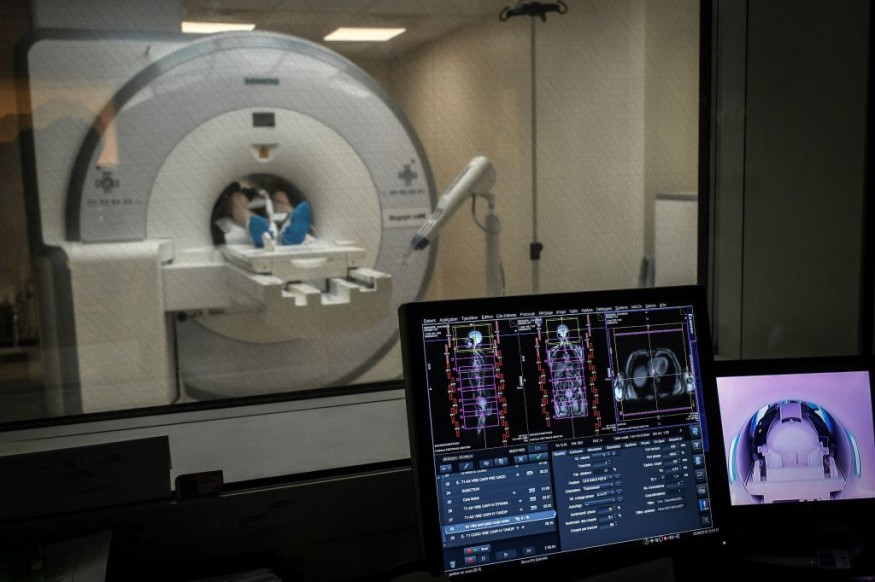Traumatic brain injury (TBI) is one of the growing public health concerns across the United States and belongs to the myriad of health conditions leading to disability and death worldwide.
While its causes and symptoms are well-defined, scientists claimed that the molecular and cellular mechanisms of TBI are not fully understood.
In particular, a gray area concerning the specific biological processes of how TBI affects cognitive and behavioral functions of the brain still remains.
However, a new study led by scientists from the US revealed for the first time the molecular molecules during such processes, and how the brain is affected.
Being an acquired brain injury, TBI is more of a state of health rather than a disease and is similar to being injured in other parts of the body.
It is mainly triggered by external physical factors, like a violent blow or pierce from a strong force, capable of fracturing the skull and hitting the brain tissue and its matter.
A traumatic brain damage can yield varying health repercussions, ranging from moderate to severe risks, and even a fatal one.
Affecting millions of Americans and other people across the globe, TBI has been a challenge for the daily lives of its surviving victims, except to those who have recovered.
Molecular and Cellular Mechanisms

Scientists from the Arizona State University (ASU) revealed for the first time specific molecular clues linked to TBI.
As a result, the scientific team hoped to surpass the current limitations surrounding the diagnosis and treatment for the condition, as reported by the life science website News Medical.
The limitations arise from the challenge that the trauma is a gradual progression and multi-faceted, according to the study's lead author Sarah Stabenfeldt, a professor at ASU, as cited by the website.
While still at its early phase, the hints about the molecular mechanisms could potentially determine and predict the severity surrounding the injury of the said organ.
The study was published in the journal Science Advances on July 22, with a research title focusing on unraveling temporospatial sensitive TBI and finding strategies through vivo phage display.
Biopanning Search
The researchers came to their discovery by using the approach "biopanning" search, which revealed several key molecular signatures called biomarkers.
The molecular clues were identified after the acute phase of the injury event and the chronic phase or long-term effects of TBI.
What is Traumatic Brain Injury?
The Association of Neurological Surgeons (AANS) defines TBI as a disruption in the normal function of the brain.
The trauma or injury can be caused by several factors, including a bump, blow, or jolt to the head.
The following signs or symptoms of the condition include consciousness reduction or loss, memory loss, neurological deficits, disorientations, and other signs relating the degradation of the brain's function.
The Centers for Disease Control and Prevention (CDC) stated around 2.87 million cases of TBI were recorded across the US in 2014. The figure includes 837,000 cases involving children.
The CDC estimates that approximately 13.5 million people are living with related disability in the US alone.
Related Article : Novel Therapy Administered After TBI Prevents Brain Damage
© 2025 NatureWorldNews.com All rights reserved. Do not reproduce without permission.





